Across industries, the issues of sustainability and environmental friendliness have become dramatically more important — both to customers and businesses themselves. And for a long time, sustainable construction was thought to be one of the most difficult goals in the quest for sustainable industry practices.
But times have changed. Sustainable construction materials have become more widely available, and earth-friendly practices have made leaps and bounds. It is now easier — and more important — than ever to become a sustainable construction company.
But what is sustainable construction, exactly? And how do you make it a reality for your business? That’s exactly what we explore in this article. Keep reading to learn more.
What Is Sustainable Construction?
To truly implement sustainable construction practices in your company’s daily operations, you have to begin with a solid foundation of understanding what is considered sustainable in construction. The first step in that process, of course, is understanding what exactly sustainable construction is.
What is sustainable construction? Its construction with a reduced impact on the environment. That reduced impact comes from a variety of factors, such as using recycled building materials, powering operations with renewable energy, shipping materials and tools from local suppliers instead of those around the world, and many more.
Why Sustainable Construction Is Important
Sustainable construction is important for many of the same reasons that sustainability in any industry is important: Reducing the impact of an industry on the environment benefits everyone. That’s because the world faces rising temperatures, growing air pollution, dwindling finite resources, and various other environmental threats.
And in construction, the impact of sustainability is particularly potent. Why? Because construction has historically been one of the worst environmental offenders. In 2018, for example, the construction and building industry accounted for 36% of global energy use, according to a report from the International Energy Agency (IEA).
On top of that, construction also produced 39% of CO2 emissions, the IEA found. CO2, of course, is a greenhouse gas widely known to contribute to the warming temperatures associated with climate change.
Types of Sustainable Construction
To become a truly sustainable construction company, you have to focus on a couple of different types of environmentally friendly construction, which we cover below.
Designs
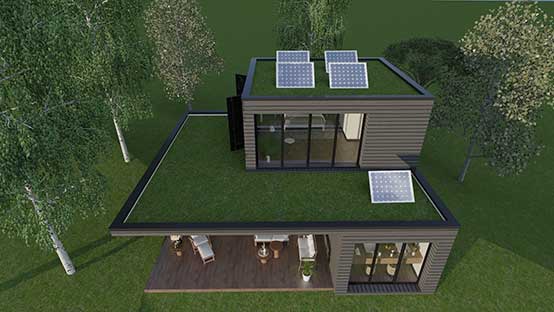
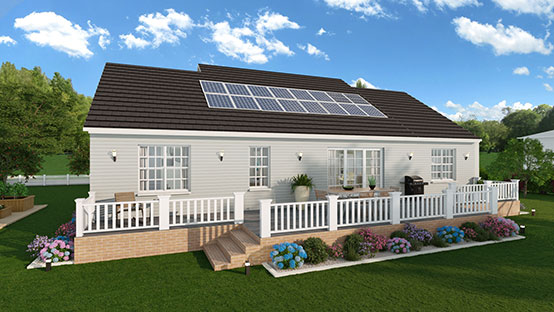
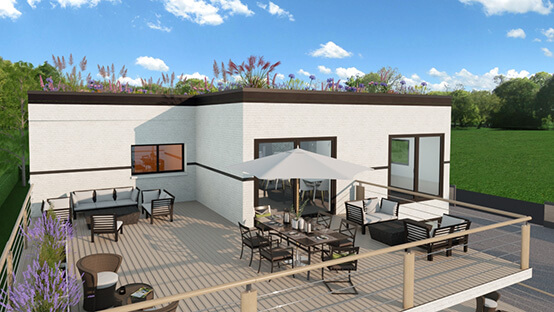
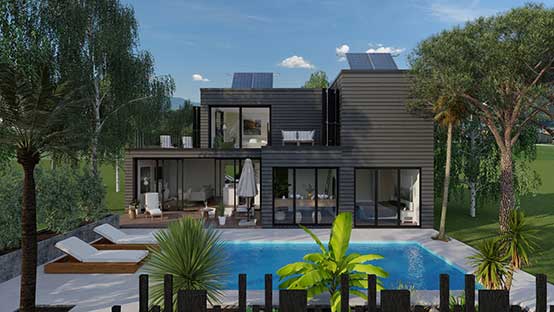
To begin your sustainability evolution, you need to overhaul your design and building processes. This can involve a few different areas of concern. Such as incorporating appliances and features that decrease energy consumption, greenhouse gas emissions, and construction waste, and decrease the overall carbon footprint. These homes may have extra insulation, low-energy-use HVAC systems, solar panels, green roofs, and other green building features.
On the other hand, you will also need to ensure that your construction processes are sustainable, too. This might involve optimizing your materials, parts, and tool-sourcing processes to prevent unnecessary cross-country shipments and consolidate the number of truckloads you commission for each project.
Materials
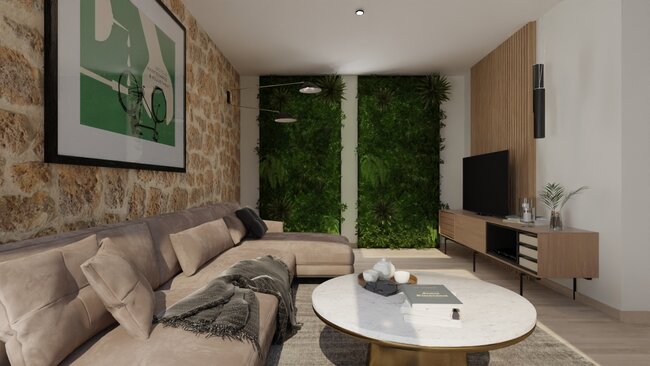
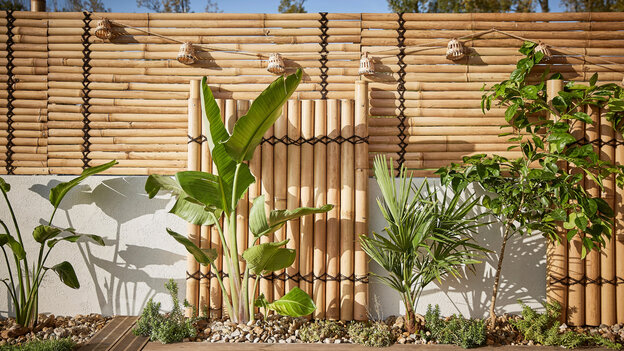
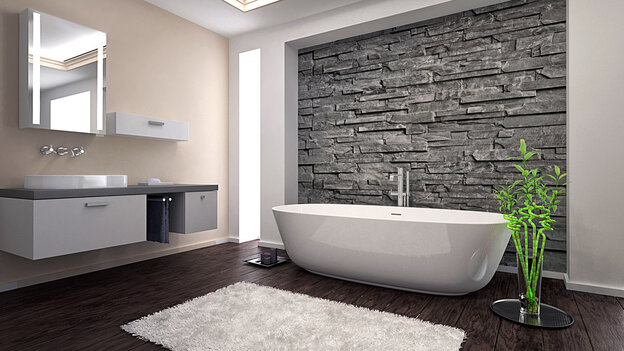
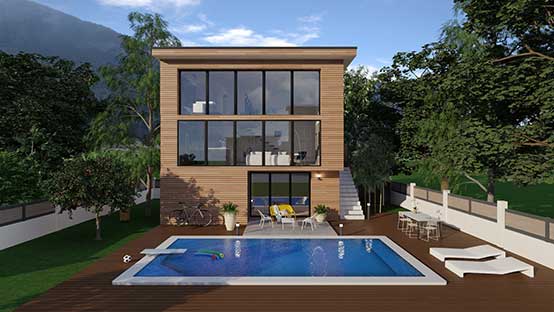
One of the best ways to promote sustainability in construction is to use different, more eco-friendly materials. Renewable and recyclable materials are huge in the green building and construction industry. Over the years, construction industry innovators have developed strong, lighter-weight materials that have much less of an impact on the earth. Materials like bamboo, cork, reclaimed wood, and recycled plastics are not only good for the environment, but also very trendy in designs.
Benefits of Building Sustainably
Why should you care? It’s a fair question to ask — you’re running a business, after all. As it turns out, there are several key benefits of sustainable construction:
Minimizes waste
Waste is a notorious problem in traditional construction. Between overbuying of materials, on-site loss due to theft and damage, and simple carelessness, countless construction budgets are wrecked or weakened due to waste each year.
But one of the core principles of sustainable construction is not only to use sustainable construction materials, but conserve them. That means precise and careful measurements, extra secure material storage methods, and various other waste (and cost) reducing efforts.
Economic growth
A better economy is better for builders. That’s because a bad economy stops your customers from moving forward with their plans to build that dream home. And you can contribute to economic health and growth by doing sustainable construction.
How does that work, exactly? By responding to a rise in demand for sustainability across industries, including construction. Green construction contributes more than $134 billion to U.S. workers per year, and it is driving a general, long-term increase in demand for construction workers, which means there are more building jobs to be had.
Improves healthy living
When you build green buildings, the people who will eventually live in those buildings are better off. Living in sustainable buildings has been linked to improved cognitive performance, better decision-making, and reduced depression. Over the long term, you want the people who live in your buildings to be happy — that’s how you do what’s right and keep your reputation intact.
Higher ROI
Green buildings are worth more than traditional buildings — 7% more, according to one major report. That means that you get higher return on investment (ROI) when you build sustainably.
Lower operating costs
The funny thing about sustainable construction is that many people immediately assume it’s going to be more expensive than the old way. But it isn’t. In fact, many sustainable building practices are much less expensive than their traditional counterparts.
For example, recycled materials are almost always less costly than new materials. Renewable energy is less expensive than other sources of energy over the long term. The list goes on.
Endorses sustainable construction and corporate social responsibility
Corporate social responsibility (CSR) is coming into focus for companies in a big way. Today, consumers want the companies they do business with to be on the “right” side of the issues, and for most people, the right side of the sustainability issue is the side that is less harmful to the environment.
Obstacles to Sustainability
With all of those benefits of sustainable construction practices, why isn’t every single construction company already fully green? It would be nice if it were that simple, but nothing is that simple.
In other words, there are some very real and significant obstacles to sustainability, and construction companies have to work hard to overcome them if they hope to be fully sustainable over the long term.
Many of the processes involved in sustainable building practices involve a hefty initial investment on the part of the construction company. For example, if you want to start powering your operations with renewable energy from solar panels, you have to be able to afford the large upfront costs of the panels and having them installed.
Meanwhile, global demand for housing is exploding and tracking with population growth, making it harder to depart from tried-and-true traditional construction practices and try out new, more sustainable processes.
Emerging Pillars in Sustainable Construction Practices
If you’re thinking about making your construction company more sustainable, you are far from alone. Builders all over the world have gotten the green memo and are beginning to transform the industry. Here are some of the practices that are beginning to become more than trends.
Plastic
Plastic has long been seen as an environmental offender, and because it doesn’t break down over time like other materials, it is. However, when it’s used responsibly to promote sustainability in construction, it’s extremely effective.
That’s because it is so durable and resistant to the elements. Incorporating more plastic into new construction means less long-term maintenance and repair, which saves on the environmental costs of new materials.
Net zero energy
The ultimate achievement in sustainable construction is building a net zero energy home. That’s a home that only uses as much energy as it can produce on-site through sustainable sources.
It’s hard to imagine a more environmentally friendly and sustainable construction practice than that. This is often achieved through solar panels and energy-saving, innovative heating and cooling methods.
Just-in-time material sourcing
Just-in-time material sourcing is the practice of securing building materials as needed for a project. This is done in a way that prevents the need for any material storage, never interrupts production, and virtually eliminates material waste.
Adopting just-in-time sourcing is a large operational lift, but once it’s done, most companies never want to go back to the old method.
Building with sustainable materials
This is the low-hanging fruit of green construction: Building with more sustainable materials means your entire operation is more sustainable. When choosing materials for sustainability, consider not only the actual composition of the materials, but where they come from and how long they will last.
Long-term planning
One of the most significant obstacles to sustainability is being short-sighted. Traditionally, construction has been about getting the job done and getting it over with. But as companies shift to sustainability, they are looking to the future. These builders want to create long-lasting structures that serve as reminders to the community that they can build great things while protecting the environment, too.
Final thoughts
Sustainable construction isn’t necessarily easy, but the companies that are getting in on this sea change in the construction industry now are reaping major rewards. While initial costs can be higher, the economic savings and reputational benefits of green construction certainly outweigh any headaches or short-term higher costs.
Like anything in construction, shifting to greener practices is all about having the right tools available. And Contemporary Style Design is one of those tools. The comprehensive features of our fully online, user-friendly, powerful floor plan software allow builders to design sustainable construction projects.
With Contemporary Style Design, 3D green designs are a breeze, and mistakes and operational inefficiencies are significantly reduced thanks to detailed construction plans. Interested? Try Contemporary Style Design today, and unlock your company’s greener future.




